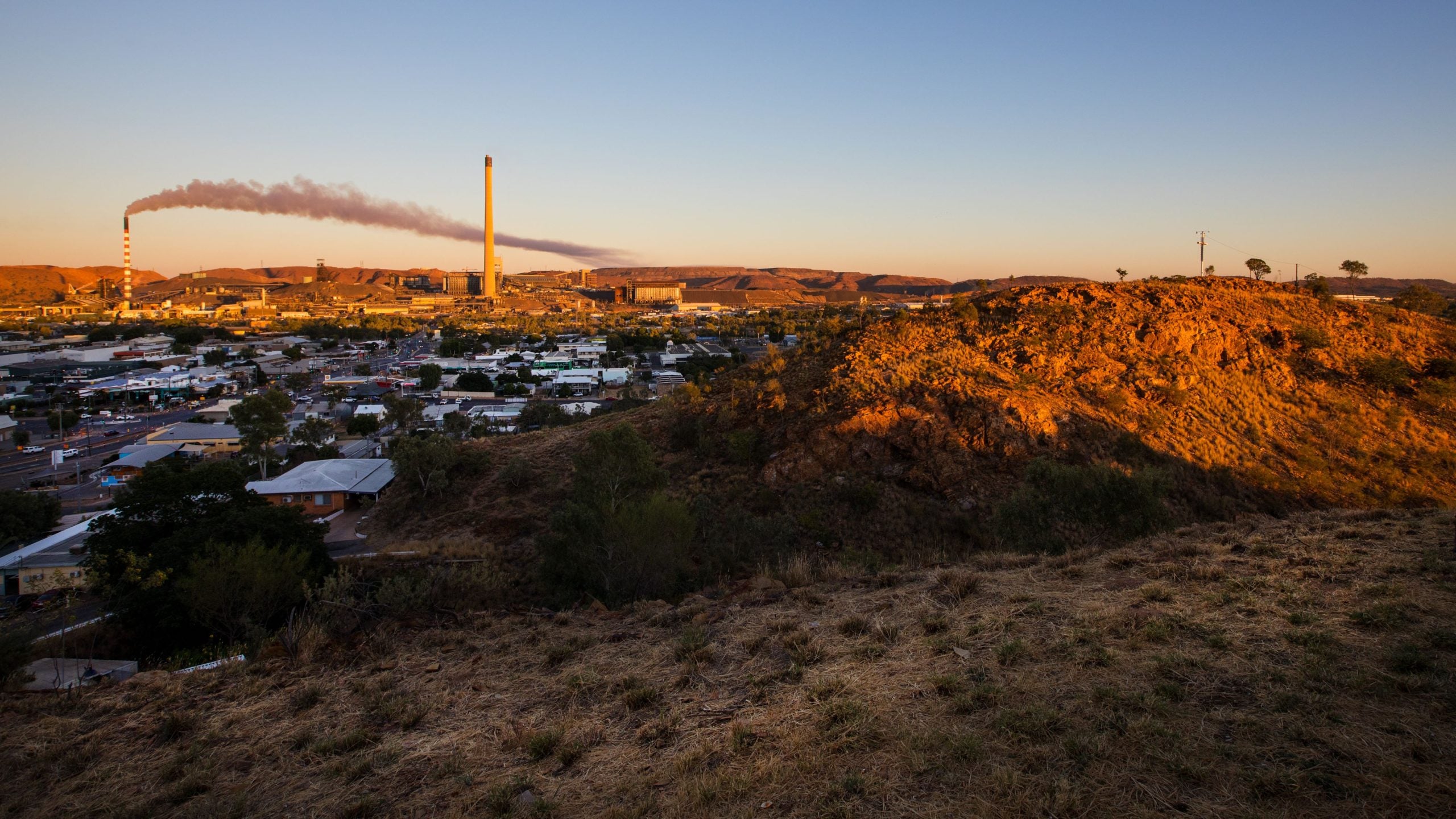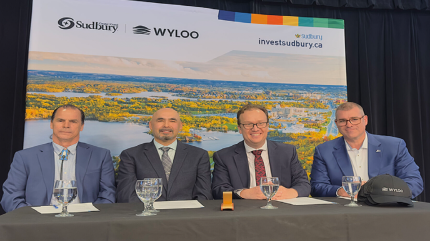
Miners in Australia are tapping into mine waste to extract copper, nickel, cobalt and other minerals necessary for the energy transition. Reuters reports that this is also a way of cleaning up old mine sites.
As sites with high-grade ores and metal content become harder to find, more than 50,000 old mines in Australia have become an ideal place for companies to extract critical minerals.
Around five million tonnes of copper can be found in tailings waste in Australia, Gavin Mudd, associate professor at RMIT University, told Reuters. However, the quantity may not be recovered entirely, given that the waste contains toxic heavy metals.
In May this year, the Government of Australia released a map of 1,050 tailings sites that could serve as sources of metals. As the global uptake of green energy technology increases, the demand for rare earths is expected to increase by 600% by 2040. Countries like Sweden and South Africa are already at the forefront of utilising mine waste and byproducts from coal discards to extract rare earths.
Rio Tinto, an Australian mining giant, uses 85% of its waste material from aluminium operations in Canada to make new products. The company is now accelerating operations to become the sixth-largest producer of rare earths.
It has already started tellurium production, extracted from the waste generated in its US facility from refining copper. Tellurium is used in the making of solar panels.
Using mine wastes to extract metals not only makes economic sense but also resolves many environmental concerns. For instance, cobalt is often found mixed with pyrite in mine waste. The metal can then oxidise and turn into acid, associate professor at Queensland University Anita Parbhaker-Fox told Reuters.
In 2021, research by the Clean Coal Technology research group at the University of Witwatersand, Johannesburg, showed that coal could be a viable source of rare earth elements. Using coal samples from Waterberg, the research group found that the total rare earths content discarded from the coal mine was more than 225 parts per million (ppm). This concentration was well above the cut-off grade of 130ppm for extracting rare earths in coal.




